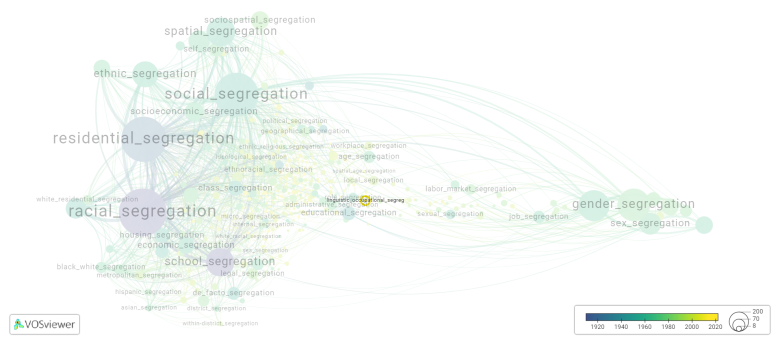Linguistic occupational segregation
Date and country of first publication[1]
2021
United States
Definition
Linguistic occupation segregation refers to the division and unequal distribution of linguistic job opportunities and roles based on factors such as ethnicity, race, gender, age, or social class. This form of segregation can result in certain groups being systematically excluded from or marginalized in certain professions or industries, while other groups dominate and have better access to linguistic job opportunities. This type of segregation can lead to disparities in income, career advancement, and overall opportunities for individuals based on their linguistic background. It is important to work towards breaking down these barriers and promoting diversity and inclusivity in linguistic occupations.
Synonyms
The following terms are synonymous with linguistic occupational segregation:
occupational linguistic segregation.
References and literature addressing this segregation form under these synonymous terms can be found below.
See also
Related segregation forms
Linguistic occupational segregation is frequently discussed in the literature with the following segregation forms:
This visualization is based on the study The Multidisciplinary Landscape of Segregation Research.
For the complete network of interrelated segregation forms, please refer to:
References
Notes
- ↑ Date and country of first publication as informed by the Scopus database (December 2023).
Linguistic occupational segregation appears in the following literature
Morales M.C. (2021). Linguistic occupation segregation along the U.S. Mexico border: Using the index of dissimilarity to measure inequality in employment among monolingual speakers and Spanish English bilinguals. International Journal of the Sociology of Language, 2021(270), 95-114. De Gruyter Mouton.https://doi.org/10.1515/ijsl-2020-0022

